In 2025, job opportunities are not just flowing into metros. They are branching outward into the industrial corridors of Vadodara, the technology clusters of Visakhapatnam, and the startup enclaves of Jodhpur. LinkedIn’s newly released report, Cities on the Rise 2025, places the spotlight firmly on India’s Tier 2 and 3 cities, revealing how a network of emerging regions is gradually becoming the country’s next engines of economic and employment growth.The report, published by LinkedIn’s Economic Graph team, is based on platform data from March 2023 to February 2025, covering job creation, professional migration, and hiring momentum across the country. This is the first time LinkedIn has released a location-based hiring index for India, and the results point to a clear shift in the country’s talent geography.While cities like Bengaluru, Hyderabad, and Pune have long dominated headlines, LinkedIn’s new findings share a different story altogether. One that highlights the rise of agile economies rooted in affordability, infrastructure upgrades, and expanding corporate footprints.
A new map of opportunity: What the data reveals
To determine the ranking, LinkedIn analysed two key trends: • Hiring growth and job postings (indicating demand)• Inflow-outflow ratio of LinkedIn members updating their city of work (indicating migration trends)To ensure that the focus remained on emerging markets, the report excluded cities with more than 1 million LinkedIn members, allowing attention to shift toward fast-growing hubs that are often overlooked in traditional economic rankings.The ten cities featured in LinkedIn’s Cities on the Rise 2025 list are Visakhapatnam, Ranchi, Vijayawada, Nashik, Raipur, Rajkot, Agra, Madurai, Vadodara, and Jodhpur.
Visakhapatnam: A rising tech and pharma hub
Once known for its port and natural beauty, Visakhapatnam is quickly evolving into a critical industrial and technology ecosystem. The state government’s focus on infrastructure, coupled with interest from pharmaceutical and data companies, has transformed the city’s economic identity. Employers such as Dr. Reddy’s Laboratories, Miracle Software Systems, and Laurus Labs are among the top recruiters in the region.
Ranchi: Where education meets enterprise
Ranchi, the capital of Jharkhand, is being reshaped by its emerging retail scene, smart city initiatives, and new hospitality ventures. Institutions like Indian Institute of Management (IIM) Ranchi and Xavier Institute of Social Service are adding strength to its talent pipeline. Corporates such as Tata Steel, Concentrix, and Reliance Retail are driving employment in the region.
Vijayawada: Culture meets commerce
Traditionally a destination for pilgrims and tourists, Vijayawada is now seeing large-scale investment from IT majors, thanks in part to planned upgrades in metro and airport infrastructure. Companies like HCLTech, Tata Consultancy Services, and Infosys are establishing operations here, supporting a more dynamic job market than ever before.
Nashik: Beyond vineyards
Known as India’s wine capital, Nashik is expanding its economic profile. The city is seeing growth in real estate, IT, and data services, boosted by an established manufacturing ecosystem. Top employers include WNS, Datamatics, and ESDS Software Solution Limited.
Raipur: Chhattisgarh’s tech bet
With ambitions to become a future technology hub, Raipur is attracting businesses in semiconductors, AI infrastructure, and pharmaceuticals. The ‘Naya Raipur’ initiative is a major catalyst, with investment proposals exceeding ₹4.5 lakh crore. Major recruiters include Jindal Steel & Power, HDFC Bank, and ICICI Bank.
Rajkot: Sustainability and smart planning
Rajkot blends its manufacturing legacy with modern infrastructure planning. Concepts like sponge cities, eco-schools, and natural heat buffers are transforming how the city expands. Growth in MSMEs and improved road networks make it an attractive location for talent. Key employers are Reliance Industries, Nayara Energy, and Nirma Limited.
Agra: The Taj and the tech parks
Agra, famous for its Mughal heritage, is becoming a hotspot for industrial development. The New Agra Project, covering over 12,000 hectares and valued at ₹1,046 crore, is expected to create extensive job opportunities. Torrent Power, HDFC Bank, and TP are among the top hiring companies in the city.
Madurai: Southern Tamil Nadu’s innovation centre
Madurai, known for its cultural and spiritual heritage, is now leveraging its geographic advantage and infrastructure investments to grow in sectors like technology and agriculture. Major employers include HCLTech, Bull IT Services, and Neeyamo.
Vadodara: Culture with capital
In Vadodara, culture coexists with construction. New investments in healthcare, housing, and transport are helping the city scale up. Leading recruiters such as Sun Pharma, L&T Technology Services, and Alembic Pharmaceuticals are strengthening its job market base.
Jodhpur: The talent magnet of Rajasthan
Jodhpur is seeing renewed interest from professionals drawn to its affordable cost of living and growing community of startups. The presence of firms like Genpact, ICICI Bank, and Ultratech Cement points to a decentralising job economy that offers both stability and growth.
Rethinking location in career planning
For young professionals, the findings from LinkedIn’s report hold strategic value. Traditionally, students and jobseekers have gravitated toward India’s metro cities for education and employment. However, the emergence of regional centres backed by policy reforms, digital infrastructure, and lower living costs is reshaping how and where careers are being built.These cities offer more than just employment. They bring in better quality of life, reduced competition, and rising investments in upskilling programs. For employers, the spread of talent across geographies presents new opportunities to decentralise operations and build diverse teams.As hybrid and remote work models continue to evolve, location is no longer a limiting factor. For many sectors, from tech to pharmaceuticals to manufacturing, India’s mid-sized cities are becoming the new frontier.TOI Education is on WhatsApp now. Follow us here.
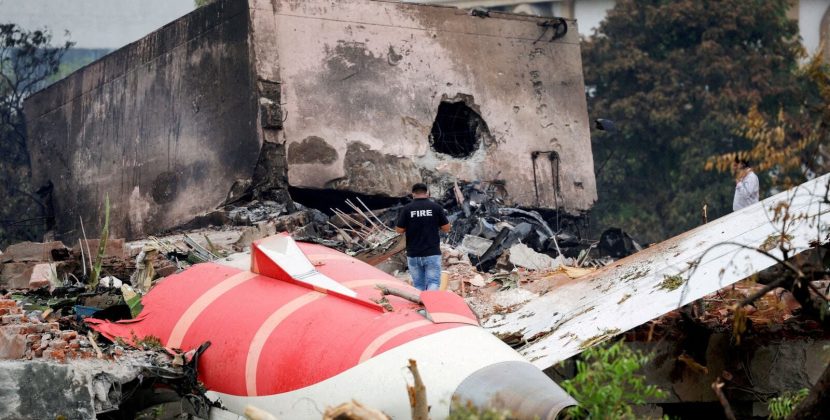

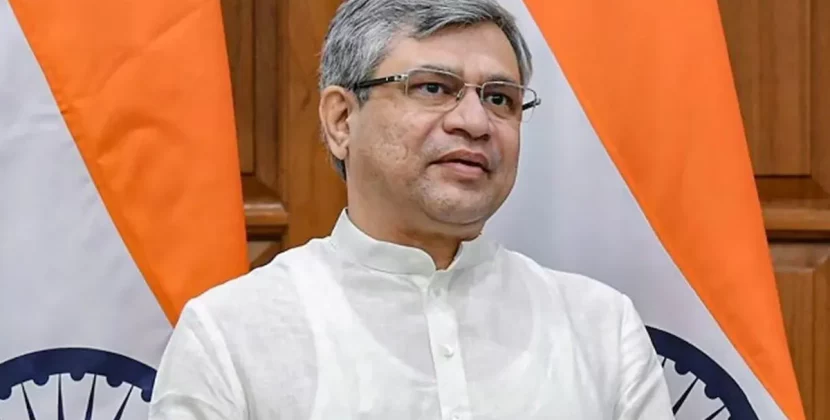
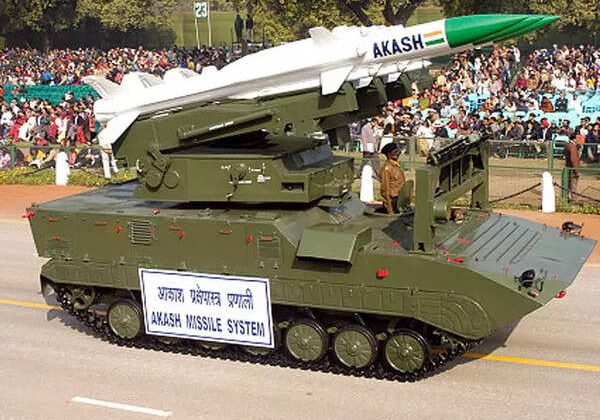





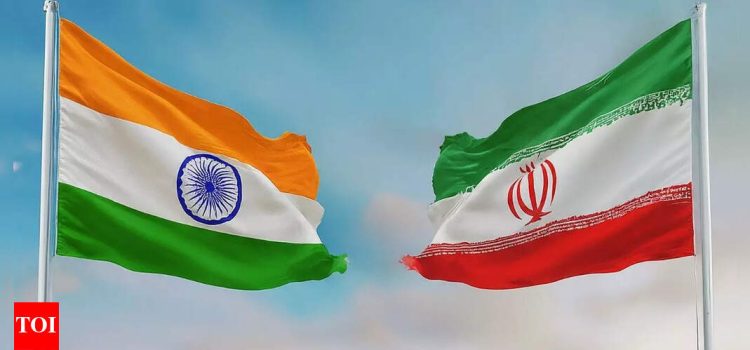

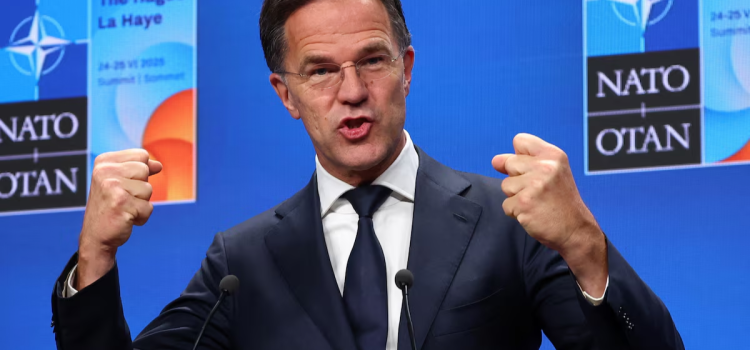
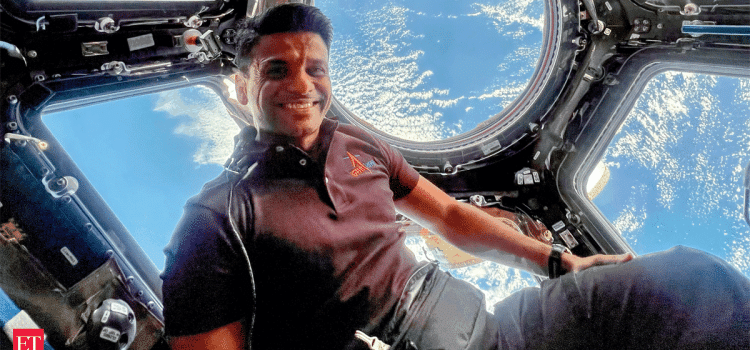
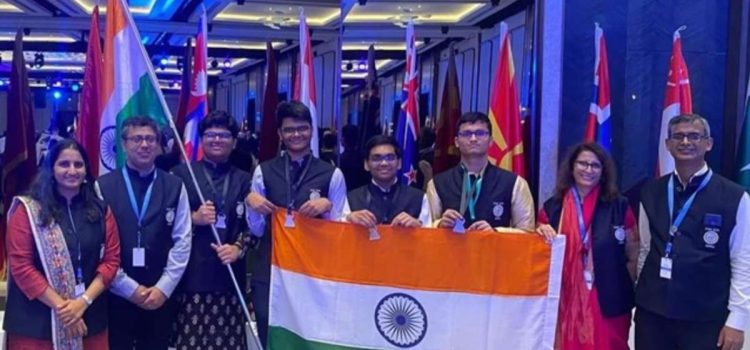
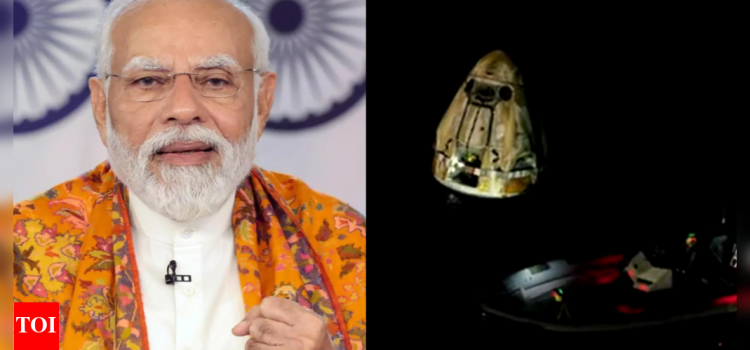

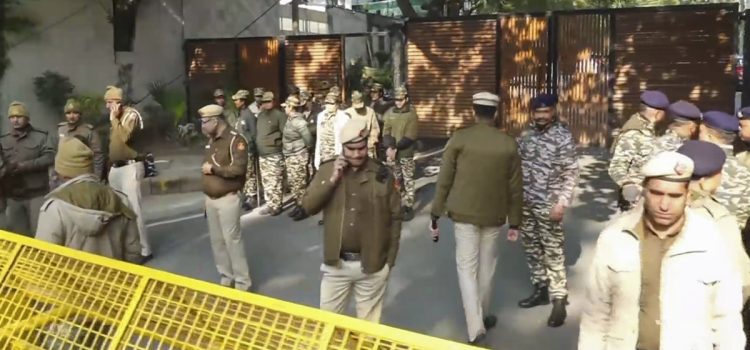
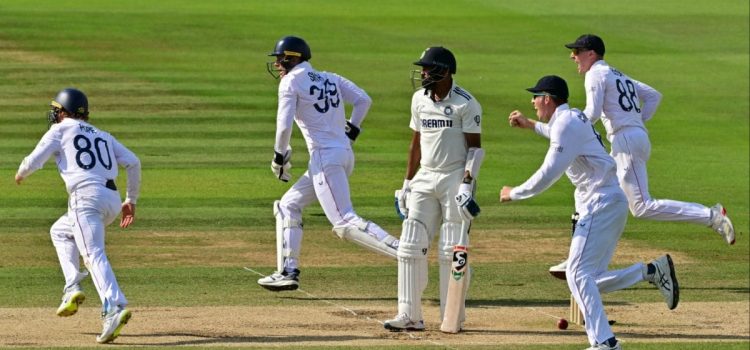
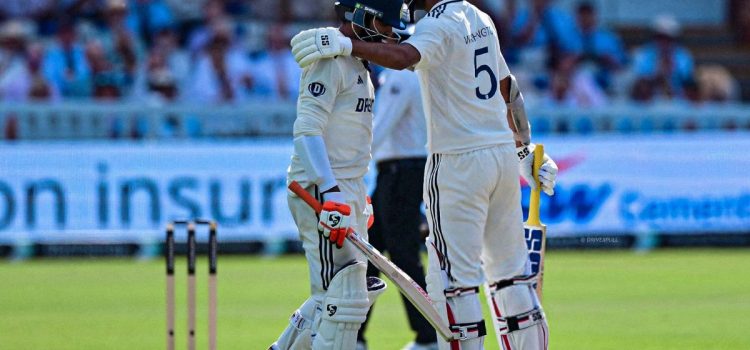

Comments